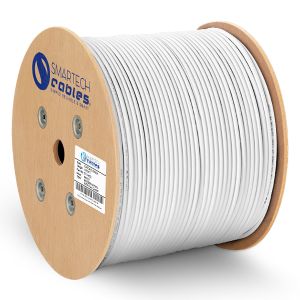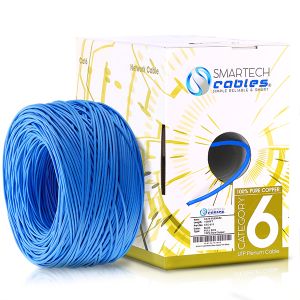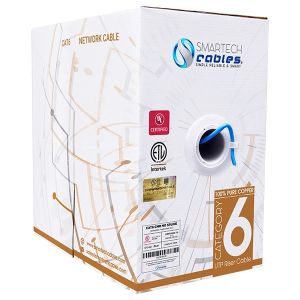Future of Networking Cables: Trends to Watch in 2025 & Beyond
Future of Networking Cables: Trends to Watch in 2025 & Beyond
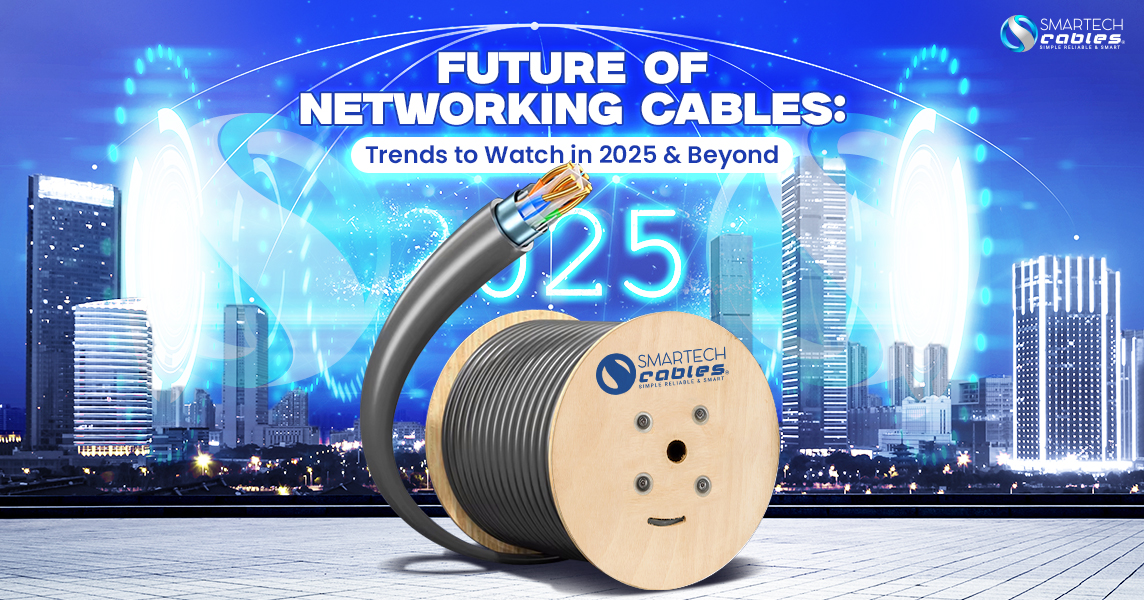
Networking cables play a crucial role in modern digital infrastructure. While wireless technology continues to evolve, wired connections remain essential. They provide reliability, speed, and security that wireless options struggle to match. The landscape of networking cables is changing rapidly. Emerging technologies and new demands are shaping the future of this industry.
In 2025 and beyond, several key trends will define the evolution of networking cables.
Shift Towards Higher Bandwidth and Faster Speeds
The need for higher data transfer speeds continues to grow. Applications such as streaming, cloud computing, and artificial intelligence demand better connectivity. Ethernet cables are evolving to meet these challenges. The adoption of 400G and 800G Ethernet is already underway. These ultra-high-speed cables will become more prevalent in data centers and enterprise environments.
Fiber optic technology is also advancing. Traditional copper cables have speed limitations due to signal degradation over long distances. Fiber optics, however, provide superior bandwidth and transmission quality.
Single-mode fiber is becoming the standard for long-distance and high-speed data transfer. Multi-mode fiber is also improving, offering better efficiency and cost-effectiveness.
Guaranteed Best Price !
Increased Adoption of Power over Ethernet (PoE)
Power over Ethernet (PoE) is expanding its capabilities. It allows devices to receive power and data through a single cable. PoE technology is becoming more powerful and versatile. It supports a wide range of devices, from security cameras to wireless access points. The demand for smart buildings and IoT devices is driving the need for higher-powered PoE solutions.
The introduction of IEEE 802.3bt has enabled PoE to deliver up to 100 watts per port. This advancement allows larger and more power-hungry devices to function efficiently. Businesses are integrating PoE to reduce cable clutter and installation costs. The trend toward intelligent and connected environments will continue fueling the adoption of PoE.
The Growth of Shielded Cables for Enhanced Performance
Interference is a significant challenge in networking environments. Wireless signals, electrical wiring, and other electronic devices create noise. Shielded networking cables offer a solution by protecting signals from external interference.
Category 6A and Category 7 cables already feature shielding for better performance. However, Category 8 cables are emerging as the new standard for high-speed networking. These cables support speeds up to 40Gbps over short distances. They are ideal for data centers, gaming, and high-performance computing. As businesses seek more reliable and interference-free connectivity, shielded cables will gain popularity.
The Integration of Hybrid Fiber-Copper Solutions
Hybrid fiber-copper cables are gaining traction. They combine the advantages of both fiber optic and copper wiring. These cables enable power delivery alongside high-speed data transmission. Industries such as telecommunications and smart grid infrastructure benefit from these solutions.
Hybrid cables support emerging technologies like 5G networks. They help mobile operators deliver faster and more stable connections. As network requirements evolve, hybrid solutions will provide a balance between cost, performance, and power efficiency.
Sustainability and Eco-Friendly Cable Materials
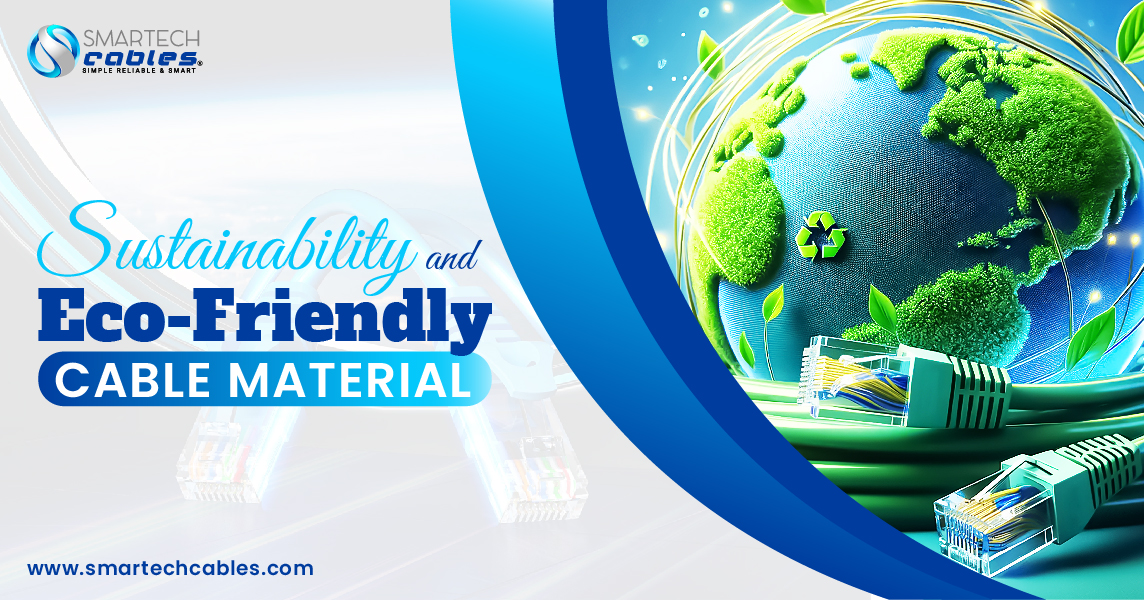
Environmental concerns are influencing cable manufacturing. The demand for sustainable materials and energy-efficient production methods is increasing. Manufacturers are shifting towards halogen-free and recyclable cable insulation.
Energy-efficient cables reduce power consumption while maintaining performance. Low-smoke zero-halogen (LSZH) cables are becoming more common. These cables emit minimal toxic fumes when exposed to fire, making them safer for indoor applications. Companies are also focusing on biodegradable insulation materials. The push for greener networking solutions will continue shaping the industry in the coming years.
The Role of Artificial Intelligence in Cable Management
Artificial intelligence (AI) is transforming network management. AI-driven cable management systems help optimize performance and maintenance. Predictive analytics can detect issues before they lead to failures. This reduces downtime and improves overall efficiency.
Enhanced Reliability and Smarter Networks
AI also plays a role in automated cable routing. Advanced algorithms determine the best path for data transmission. This enhances network reliability and reduces congestion. As AI technology progresses, automated network optimization will become the norm.
Impact of 5G and Future Wireless Technologies
Wireless technology continues to evolve, but networking cables remain essential. The rise of 5G networks does not eliminate the need for wired infrastructure. Instead, it increases demand for backhaul and fiber optic connections.
5G networks require extensive fiber optic deployment. Small cell technology depends on high-speed fiber connections for seamless data transfer. The transition to 6G in the future will further drive the need for advanced fiber optic cables.
Wired connections will continue supporting high-bandwidth applications and ultra-low latency communications.
Advancements in Connector Technology
Connector technology is also evolving. Traditional RJ45 connectors are still widely used, but new designs are emerging. Magnetic connectors and modular plug termination links (MPTLs) are gaining traction. These connectors improve installation efficiency and reliability.
Fiber optic connectors are becoming more user-friendly. Push-on connectors simplify the process of fiber termination. High-density fiber connectors enable better cable management in crowded data centers. As networks expand, advanced connector technology will play a vital role in efficiency and performance.
The Evolution of Industrial Ethernet Cables
Industrial networking requires rugged and durable cables. Factories, transportation, and automation systems rely on robust Ethernet connections. Industrial Ethernet cables are designed to withstand extreme conditions. They resist temperature fluctuations, vibrations, and chemical exposure.
The adoption of the Industrial Internet of Things (IIoT) is increasing demand for these cables. Smart factories and automated production lines depend on reliable networking. Industrial Ethernet cables with reinforced shielding and enhanced durability will continue gaining prominence.
Networking Cables are Here to Stay..
Despite the rise of wireless technology, networking cables remain essential. They provide unmatched reliability, security, and performance. The integration of fiber optics, enhanced shielding, and industrial-grade durability will keep wired connections relevant. As technology progresses, networking cables will continue to evolve, supporting the digital world of tomorrow.
Conclusion: The Future of Networking Cables
The networking cable industry is evolving to meet the demands of modern technology. Higher bandwidth, improved shielding, and eco-friendly materials are shaping the future. Power over Ethernet, hybrid solutions, and AI-driven management are also influencing cable advancements.

